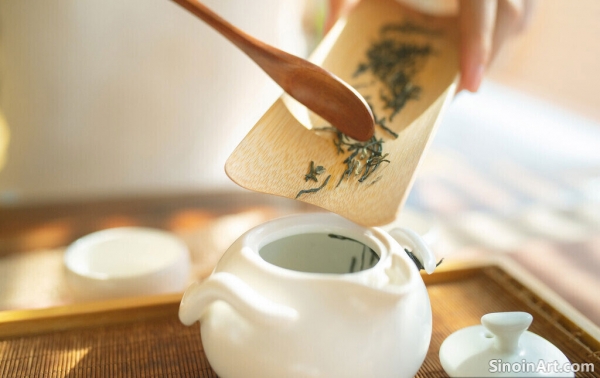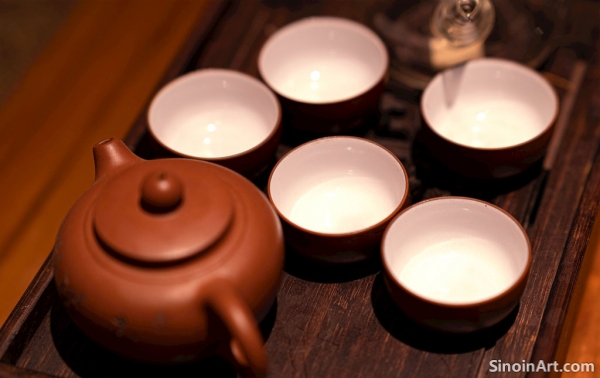The Delicacy of White Tea: Minimal Processing, Maximum Flavor
|
White tea is celebrated for its minimal processing methods, allowing the tea leaves to remain in their most natural form. This gentle approach results in a tea with a delicate flavor, subtle aroma, and a smooth, soothing taste. Its unique character makes it a popular choice for those looking for a more subtle and refined flavor profile.  The minimal processing of white tea means that it retains many of its original compounds, including antioxidants. White tea is harvested early, and typically involves only the young buds and leaves of the tea plant. The harvesting process is often performed by hand, to ensure no damage occurs to the fragile tea leaves.  Popular types of white tea include Silver Needle, made entirely of unopened buds, and White Peony, which includes both buds and young leaves. The different types are distinguished by the ratio of young buds to young leaves. This also impacts their unique flavor profiles, with Silver Needle being the most delicate and subtle of all types of white tea.  Brewing white tea requires the use of fresh water at a lower temperature, along with shorter steeping times, and many infusions of the same leaves. It is important not to over steep, as this may lead to a bitter flavor. White tea leaves can often be steeped multiple times, each releasing their own unique flavor profile. White tea is a delicate and subtly flavored beverage that is best enjoyed on its own, without milk, sugar, or any other additives. It is often consumed for the health benefits it offers, and for its naturally subtle taste. Its delicate qualities are best enjoyed when served alone. |
Tag : White Tea, Chinese White Tea, Minimal Processing, Tea Brewing Tips, Tea Delicacy
Related information
- The Legacy of Pu-erh: A Tea That Ages Like Fine Wine
- White Tea: The Minimalist Approach to Tea Processing
- The Essentials of Chinese Teaware: An Introduction
- The Art of Selecting Teaware: Personal Taste and Function
- The Tea Tray: Organization and Presentation
Delve into the fascinating world of Pu-erh tea, a unique Chinese tea prized for its aging potential. Learn the difference between Sheng and Shou Pu-erh and how the fermentation process transforms its flavor over time.
Discover the world of white tea, a delicate and minimally processed Chinese tea. Learn about its harvesting, processing, and the delicate flavors that make it a unique and prized beverage.
This article provides a comprehensive introduction to the essential types of Chinese teaware, exploring their functions, materials, and historical significance within Chinese tea culture.
This article provides guidance on selecting Chinese teaware, emphasizing the importance of considering personal taste, intended usage, and the specific qualities of different materials and designs.
This article examines the importance of the tea tray in Chinese tea ceremonies, discussing its various forms, materials, and the role it plays in the organization and presentation of tea sets.